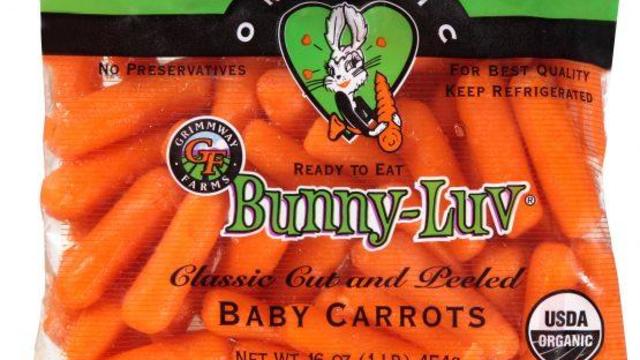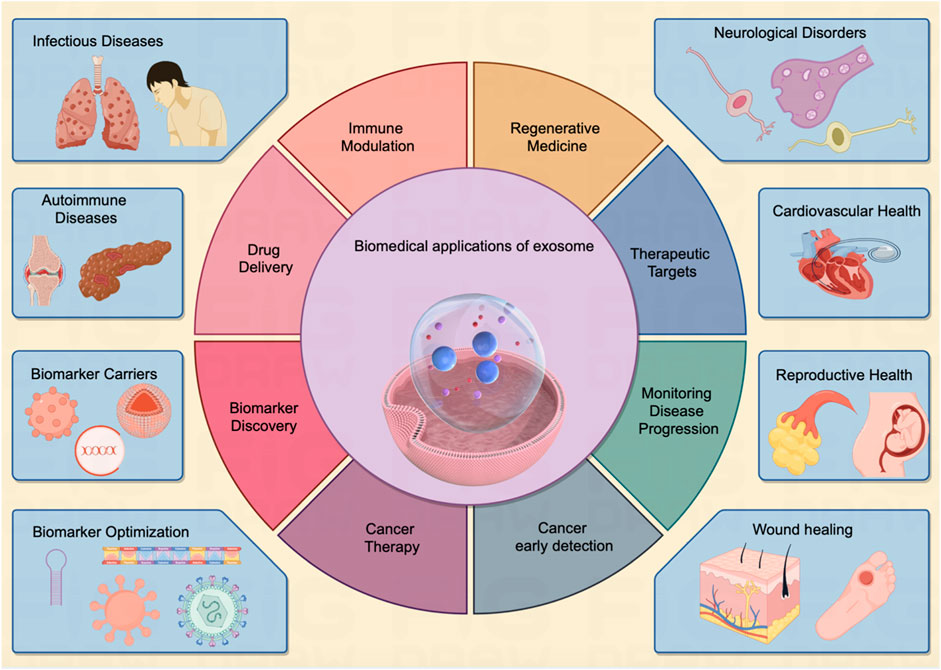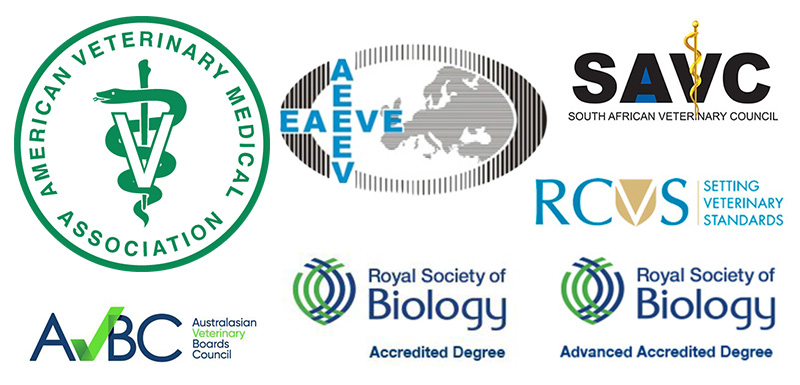
Semaglutide: A Potential Treatment for Addiction?
Semaglutide (sold as Ozempic, Wegovy, and Rybelsus) was initially developed as a treatment for diabetes. It stimulates the production of insulin to regulate blood sugar levels. However, this drug is increasingly being prescribed for weight loss, and there is growing interest in its potential use to treat addiction.
Animal studies show positive results
Semaglutide is a GLP-1 agonist that works on glucagon-like peptide-1 receptors. Animal studies in rodents and monkeys have shown promising results. These studies suggest that GLP-1 agonists can reduce drug consumption and the rewarding value of drugs, including alcohol, nicotine, cocaine, and opioids. More than 30 pre-clinical studies have been conducted, with the majority showing positive results in reducing drug and alcohol consumption or cravings.
Research findings in humans are mixed
Research findings in humans have been mixed. One large randomized controlled trial on alcohol found no difference between a GLP-1 agonist (exenatide) and a placebo in reducing alcohol use or heavy drinking. However, further analysis revealed a reduction in drinking for people with both alcohol use problems and obesity. Another trial found that a GLP-1 agonist (dulaglutide) did not help to reduce smoking but resulted in a 29% reduction in alcohol consumption. Smaller studies on cocaine and opioids have produced mixed results. Larger studies are needed to determine the effectiveness of GLP-1 agonists for addiction.
Potential mechanisms of action
The exact way GLP-1 agonists work for addiction is not yet well understood. Animal studies suggest that they reduce cravings for cocaine and opioids. Human brain imaging studies have shown that GLP-1 agonists reduce brain activity in response to alcohol cues. However, it remains unclear whether GLP-1 agonists act directly to reduce cravings for alcohol or other drugs.
Safety considerations
GLP-1 agonists have been shown to be relatively safe in healthy adults, as well as in people with diabetes or obesity. However, side effects such as nausea, digestive troubles, and headaches can occur. Some side effects may be more problematic for people with addiction, and there is a rare risk of pancreatitis associated with GLP-1 agonists.
Other available treatments
While research on GLP-1 agonists for addiction is promising, more studies are needed to understand the risks and benefits. In the meantime, existing medications for addiction, such as naltrexone, acamprosate, and disulfiram, remain under-prescribed. It is important to ensure that these current treatments are accessible and that healthcare providers know how to prescribe them. Continued innovation in addiction treatment is also essential.
SDGs, Targets, and Indicators
SDGs Addressed or Connected to the Issues Highlighted in the Article:
- SDG 3: Good Health and Well-being
- SDG 10: Reduced Inequalities
- SDG 16: Peace, Justice, and Strong Institutions
Specific Targets Under Those SDGs Based on the Article’s Content:
- SDG 3.5: Strengthen the prevention and treatment of substance abuse, including narcotic drug abuse and harmful use of alcohol (Target 3.5)
- SDG 10.2: By 2030, empower and promote the social, economic, and political inclusion of all, irrespective of age, sex, disability, race, ethnicity, origin, religion, or economic or other status (Target 10.2)
- SDG 16.1: Significantly reduce all forms of violence and related death rates everywhere (Target 16.1)
Indicators Mentioned or Implied in the Article:
- Reduction in drug and alcohol consumption or cravings
- Reduction in heavy drinking days
- Reduction in cravings for alcohol or other drugs
- Reduction in drug-induced dopamine release
- Reduction in brain activity in response to alcohol cues
- Increased accessibility and prescription of medication treatments for addiction
Table: SDGs, Targets, and Indicators
| SDGs | Targets | Indicators |
|---|---|---|
| SDG 3: Good Health and Well-being | Target 3.5: Strengthen the prevention and treatment of substance abuse, including narcotic drug abuse and harmful use of alcohol | – Reduction in drug and alcohol consumption or cravings – Reduction in heavy drinking days – Reduction in cravings for alcohol or other drugs |
| SDG 10: Reduced Inequalities | Target 10.2: By 2030, empower and promote the social, economic, and political inclusion of all, irrespective of age, sex, disability, race, ethnicity, origin, religion, or economic or other status | – Increased accessibility and prescription of medication treatments for addiction |
| SDG 16: Peace, Justice, and Strong Institutions | Target 16.1: Significantly reduce all forms of violence and related death rates everywhere | – Reduction in drug-induced dopamine release – Reduction in brain activity in response to alcohol cues |
Note: The table presents the relevant SDGs, their corresponding targets, and the specific indicators identified in the article. The indicators are based on the information provided in the article and are relevant to measuring progress towards the identified targets.
Copyright: Dive into this article, curated with care by SDG Investors Inc. Our advanced AI technology searches through vast amounts of data to spotlight how we are all moving forward with the Sustainable Development Goals. While we own the rights to this content, we invite you to share it to help spread knowledge and spark action on the SDGs.
Fuente: sciencealert.com

Join us, as fellow seekers of change, on a transformative journey at https://sdgtalks.ai/welcome, where you can become a member and actively contribute to shaping a brighter future.






